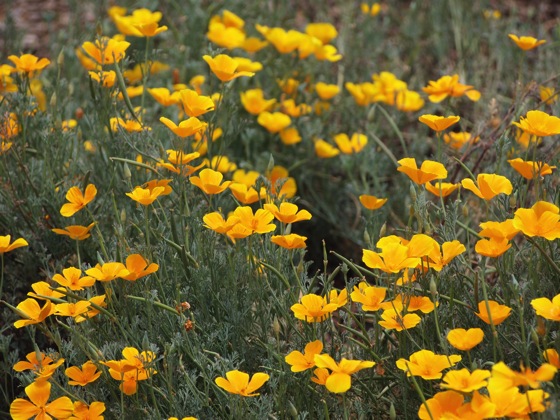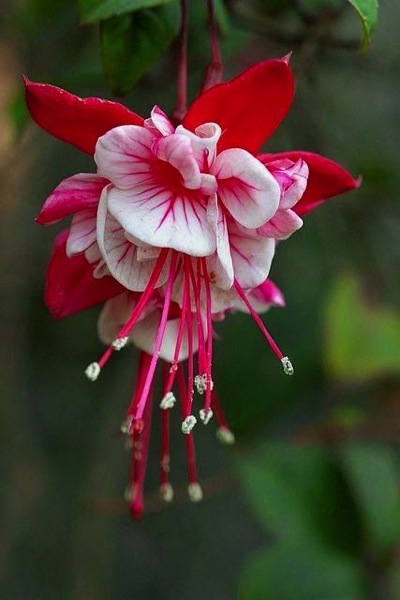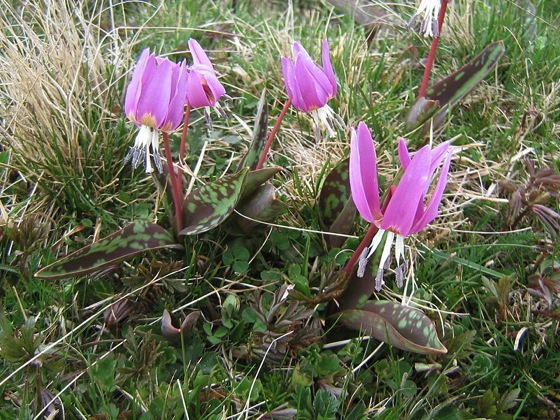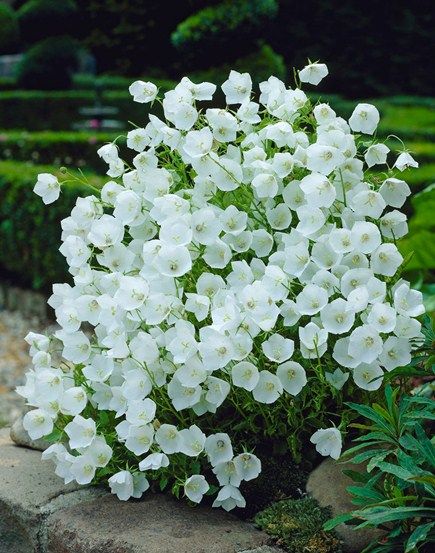Shasta Daisy (Leucanthemum × superbum)
Found along another walk in the neighborhood this week. I especially liked the white daisies with the purple centers. They almost seemed to glow in the sunshine.

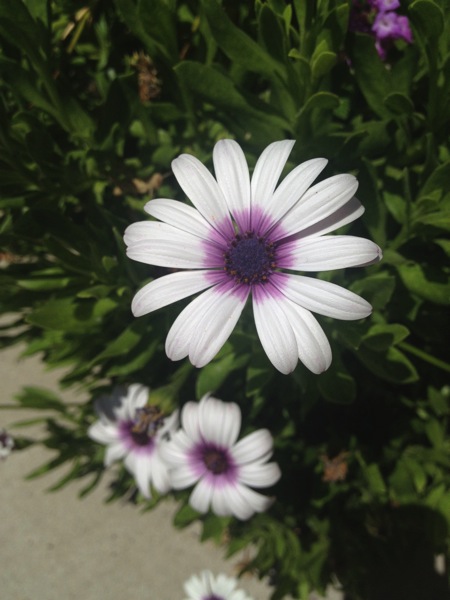
Photo: Douglas E. Welch, A Gardener’s Notebook
Leucanthemum × superbum (or Shasta daisy) is a commonly grown flowering herbaceous perennial plant with the classic daisy appearance of white petals (ray florets) around a yellow disc, similar to the oxeye daisy Leucanthemum vulgare Lam but larger. Formerly classified in the genus Chrysanthemum, these daisies were transferred to their own genus of Leucanthemum because they lack some traits of true Chrysanthemum species. Shasta daisies are characterized by a distinct odor which some find unpleasant, which makes them unusual amongst flowers.
It originated as a hybrid produced in 1890 by the American horticulturist Luther Burbank, Leucanthemum lacustre (Brot.) Samp. × Leucanthemum maximum (Ramond) DC. It was named after Mount Shasta, because its petals were the color of the snow. Some members of the genus are considered noxious weeds, but the Shasta daisy remains a favorite garden plant and groundcover.
Many cultivars are suitable for cut flowers, such as ‘Becky’, ‘Esther Read’, ‘Silberprinzesschen’ (Silver Princess), ‘Snow Lady’, ‘Tinkerbell’, ‘Wirral Pride’, ‘Wirral Supreme’. The cultivar ‘T.E. Killin’[1] has gained the Royal Horticultural Society‘s Award of Garden Merit. — Wikipedia.org
* A portion of each sale from Amazon.com directly supports our blogs
** Some of these books, and more, may be available at your local library. Check it out!
Previously in Flowering Now:
- Plumaria
- Nasturtium
- Giant Bird of Paradise (Strelitzia nicolai)
- Fortnight Lily (Dietes) – June 24, 2014
- Water Lily (Nymphaeaceae)
- Daylily (Hemerocallis)
- Morning glory (Convolvulaceae)
- Pink Hibiscus
- Magnolia grandiflora
- Gardenia – beautiful flowers and scent
- Calochortus superbus (Superb mariposa lily) – California Native





